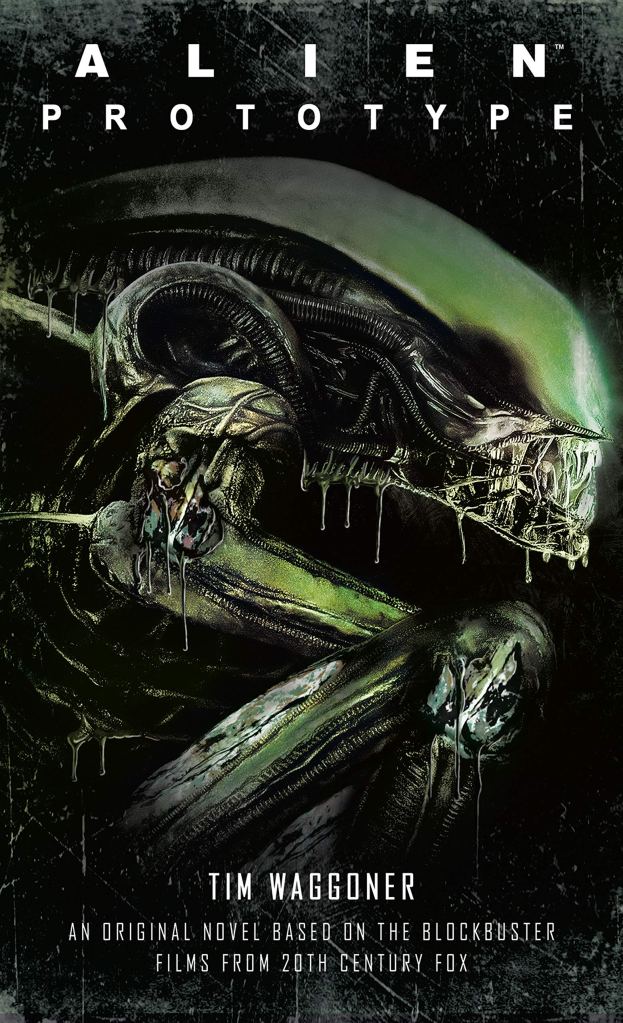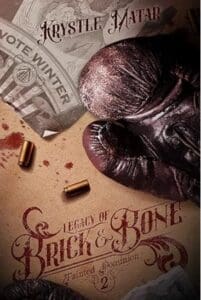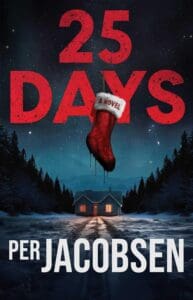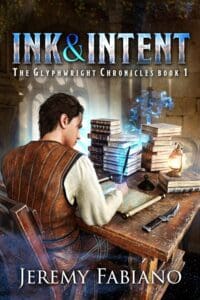Tim Waggoner is a critically acclaimed author who has published over fifty dark fantasy and horror novels. He’s won the Bram Stoker Award, the HWA’s Mentor of the Year Award, and he’s been a finalist for the Shirley Jackson Award, the Scribe Award, and the Splatterpunk Award. He’s also a full-time tenured professor who teaches creative writing and composition at Sinclair College in Dayton, Ohio. He’s got a brand new book on the way, Your Turn To Suffer, which comes out on March 23rd.
I recently had the pleasure of reading his “Writing in the dark” book — which goes by the same name as his blog — a non-fiction compilation of tips and tricks for horror and similar genres. If you’d like to read my review of the book, click here. The book was nominated for a Bram stoker’s superior achievement in non-fiction award, and I had nothing but praise to say about it.
The focus of this article is on the process of producing tie-ins for existing IP. In other words, writing books depicting stories around popular movies and TV shows and/or the novelization of these properties. Tim has worked on several IP driven novels such as Kingsman, Alien, Supernatural, Resident Evil, A Nightmare on Elm Street just to name a few. He’s always open and willing to help fellow writers, regularly reporting or teaching on the subject on top of working on his own novels. I had the great opportunity to interview him on the subject.
Can you tell me about the story of a tie-in you got involved with? How it happened?
The first tie-in novel I wrote was Dark Ages: Gangrel for White Wolf. It was part of a thirteen-book series set in their medieval vampire game setting, and while the books featured different main characters, the authors had to coordinate to a certain degree. (My book was number ten.) I’d published a short story in a Dark Ages anthology, so when White Wolf put out a call for authors for the series, I wrote them a query letter and landed the gig. That was around twenty years ago. Since then, I’ve gotten tie-work by cold-calling and cold-emailing editors, and these days editors usually seek me out. But that’s only because I’ve already got a long track record of writing tie-ins.
Is writing a tie-in different from a new idea?
Yes. The biggest difference is you’re working with a property you don’t own. The IP holder has the final say on what does and doesn’t go into a book, so there’s a much higher degree of collaboration than when you’re working on your own stuff. And the IP holder is the boss. What they say goes. They have very specific ideas about how they want their IP portrayed, so there is a certain amount of constraint to a tie-in project. You need to color within the lines, and the IP holder decides where those lines are. I find this to be a fun challenge, though, so I don’t mind it (most of the time).
What kind of research do you do for a tie-in?
It depends on the IP. If the IP is an ongoing TV series or based on a movie, I watch all the episodes that I can, and I read official IP information on the property as well as fan wikis. If the tie-in deals with stuff I’m not an expert in – such as military vehicles – I research that material. If there are already existing characters that I’m working with, I try to get their personalities and speech patterns down. I also try to capture the feel of the property. For example, Middle Earth, Narnia, Oz, Discworld, Westeros, and Conan the Barbarian’s Cimmeria are all fantasy worlds, but they are very different in terms of style and mood, as well as the kind of stories that place in those worlds.
How is writing a novelization different in terms of the research involved?
A lot is the same. The big difference is that I’ll try to find photos and videos released by the studio while the film is still in production (so I can see what costumes, settings, and props look like). I’ll also search for interviews with the screenwriters, the director, and the actors for any clues that the final movie will differ in any significant way from the script I’ve been given so that I can try to adjust for that. Studios give you a script – not necessarily the final script – and that’s it. Everything else you have to find on your own. Tie-in writers never get to see the film ahead of time, but when I wrote the novelization for Kingsman: The Golden Circle, the studio did fly me out to Hollywood to watch a nearly final version of the film on the Fox lot, but that was at the insistence of the director. I doubt that anything like that will ever happen for me again!
What advice would you give to writers who are interested in getting involved with tie-ins?
The most important thing is to write your own original material first and publish it with a traditional publisher. Tie-in editors need to know that you can write a professional-level novel from start to finish, and they need to know that you can work well in a highly collaborative situation. Publishing traditionally demonstrates that you can work with editors, take feedback, make revisions, etc. Editors don’t care if you know anything about the property you’ll be writing for. They only care that you’re a skilled, experienced novelist with at least some kind of track record, and that you can work and play well with others.





[…] My interview with Tim on writing books on existing characters (tie-ins) here. […]